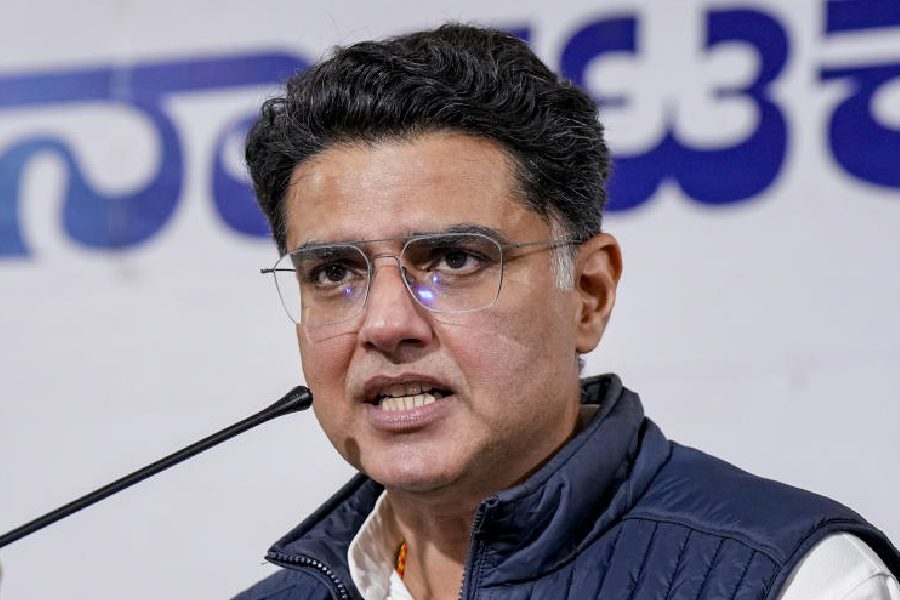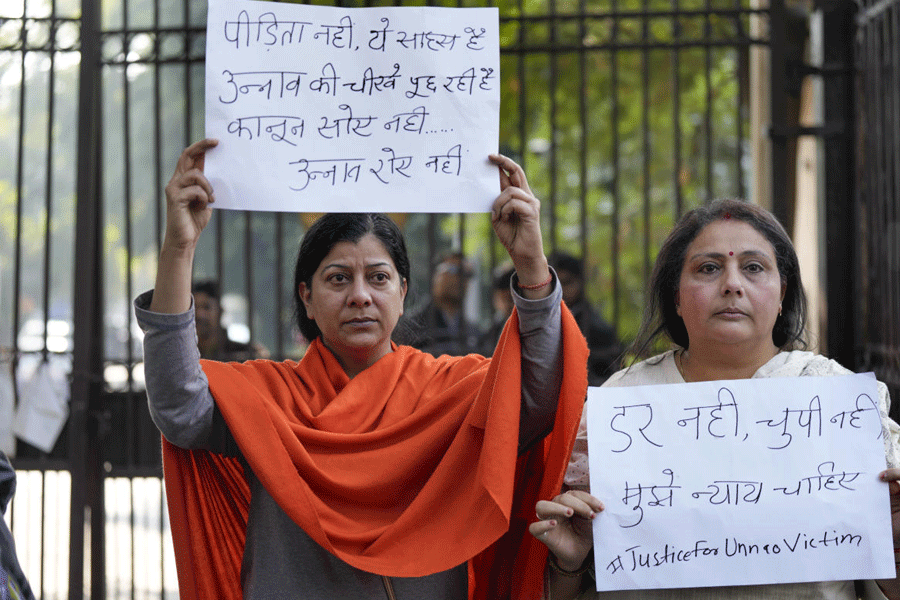 |
| Officials of the centre demonstrate bamboo cultivation methods on their office premises in Gandhigram, Agartala. Telegraph picture |
Jorhat, June 17: A plan to boost bamboo plantation is under way in Tripura to meet the huge demand for green gold, the supply of which has recently suffered a setback.
Tripura is facing a scarcity of bamboo because of large-scale flowering and resultant dying of the plants, especially the local muli species, and farmers’ preference for rubber plantation.
The Centre for Forest-based Livelihoods and Extension in Agartala has taken up a participatory programme, eco-restoration of resources for forest-based livelihood security, in village clusters under the Indian Council of Forestry Research and Education, Dehradun, to grow bamboo.
Pawan K. Kaushik, regional director of the centre in Tripura said there was an immediate demand for millions of new bamboo plants. “Besides the domestic market, it is also required to fulfil sustainable demand of raw material at nearby paper mills and other bamboo-based industries,” he added.
Among other things, the muli is used to make incense sticks and is also exported to southern states. Tripura needs nearly 2.5 tonnes of bamboo annually and more than two lakh people in the state are directly involved in bamboo cultivation.
The centre’s representatives demonstrate techniques of bamboo nursery, treatment and low-cost vermi-composting to the beneficiaries of selected village clusters.
Initially, the centre will provide all technical support, material for soil-bed treatment, hormones, starter culm cuttings, mother plants and seeds, banners, pamphlets and other audio-visual facilities for publicity among local and national buyers.
“As this is a plan based on community participation, social institutions like self-help groups, NGOs and youth clubs are assigned to monitor individual activities. Material support is provided through these institutions on the basis of assessment of the individual’s or the group’s progress and when they require,” Kaushik said.
“The muli bamboo, which flowers after 50 years, has been flowering since 1997 in the state, peaking from 2006 to 2008. Even this year, this variety has flowered and we have collected its seeds. We have a plan to maintain certified stock of all the flowering years for the past 10 years so that model plantations can be raised in the state by mixing them up so that they flower at different times,” he said.
The centre had collected seeds of muli and pecha bamboo this year and (the zero year being taken as 2013) and has sown them in its nursery beds.
The nursery stock of bamboo plant materials of 10 valuable species has increased to 8,000 and is expected to be 40,000 plants within the next three months.
Kaushik said they would have 100 small-scale homestead bamboo nurseries within a month from the present 30.
In support of value addition through ICFRE-patented preservation techniques, eight bamboo treatment machines are ready to be distributed to self-help groups selected in three village-clusters.











